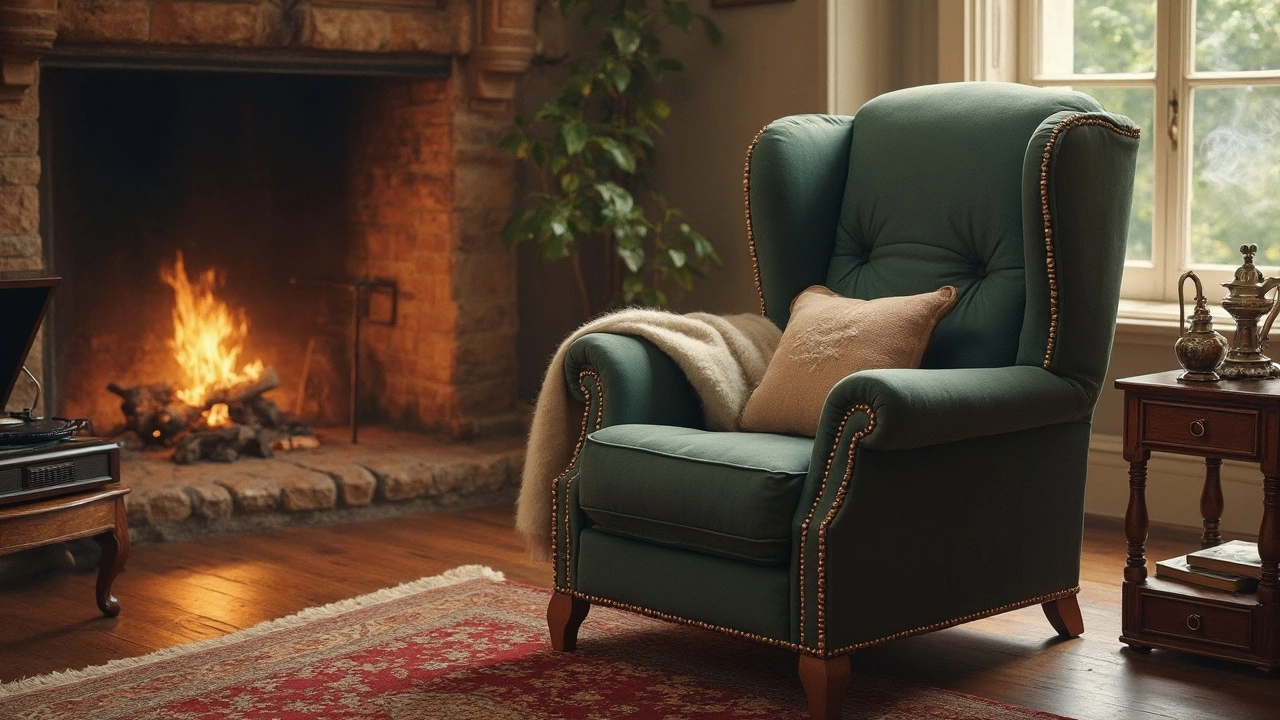Recliners – Comfort, Health Benefits and Buying Tips
If you spend a lot of time at home, a good recliner can change the way you relax. It’s not just about sinking into soft cushions; a well‑chosen recliner supports your back, eases joint pressure and can even help seniors stay mobile. Below we break down what makes a recliner worth buying, how to spot health‑focused features, and what to watch for if you need Medicare coverage.
What to Look for When Picking a Recliner
First, think about the mechanism. Power‑lift chairs are great for older users because a simple button raises the seat and helps stand up. Manual levers work fine for younger adults who don’t need extra assistance. Next, check the upholstery. Leather feels luxurious and is easy to wipe clean, but high‑quality fabric can be softer and more breathable for long sitting sessions. Pay attention to the frame – solid hardwood or steel gives long‑term stability, while particle board may wobble after a few years.
Comfort isn’t just the cushion depth. Look for lumbar support that can be adjusted, and an armrest height that matches your natural arm position. If you plan to watch TV from the chair, a built‑in footrest that extends fully is a must; it lets you stretch your legs without feeling cramped.
Health Benefits and Medicare Coverage
Recliners aren’t just luxury furniture – they can be medical equipment. A recliner with a power‑lift feature is often classified as a Durable Medical Equipment (DME) item. That means Medicare may cover part of the cost if a doctor writes a prescription stating it’s needed for a medical condition like arthritis or limited mobility.
When checking Medicare eligibility, ask the dealer for a "Letter of Medical Necessity" and verify that the chair meets DME criteria (typically it must have a weight‑lifting function and be used at home). Brands like Lazyboy often have models that qualify, but the paperwork can be tricky. Knowing the exact model number and having the doctor’s note ready speeds up the approval process.
Even if you don’t need Medicare coverage, a recliner can still improve health. The gentle reclining angle reduces pressure on the spine, which can lower back pain after a long day. The footrest promotes better circulation in the legs, helping prevent swelling. For seniors, the power‑lift function reduces the risk of falls when getting up.
Finally, think about the space where the recliner will live. Measure the clearance needed for the chair to fully extend – usually at least 4 feet in front of the unit. This prevents accidental bumps and ensures a smooth recline motion.
In short, a good recliner blends comfort, support, and practicality. Choose a sturdy frame, the right upholstery, and a mechanism that matches your mobility level. If you qualify, take advantage of Medicare to offset the cost. With these tips, you’ll be able to pick a recliner that makes every evening feel like a mini‑vacation.
Top Companies for Quality Recliners: A Comprehensive Guide
Choosing a recliner isn’t just about comfort—it’s a commitment to quality relaxation. This guide explores top companies renowned for producing top-notch recliners. Discover the latest trends, what makes a recliner stand out, and tips for making the best purchase for your living needs.
MoreBest Recliners for Seniors: A Comprehensive Guide
Recliners are more than just comfortable pieces of furniture; they can significantly improve the quality of life for seniors. This article explores how recliners can provide comfort and ease mobility issues, making them suitable for the elderly. It also highlights the importance of choosing the right recliner features, such as lift functions and ergonomic designs, to support senior needs. Additionally, tips are shared on how to maintain recliners for longevity and safety.
More

